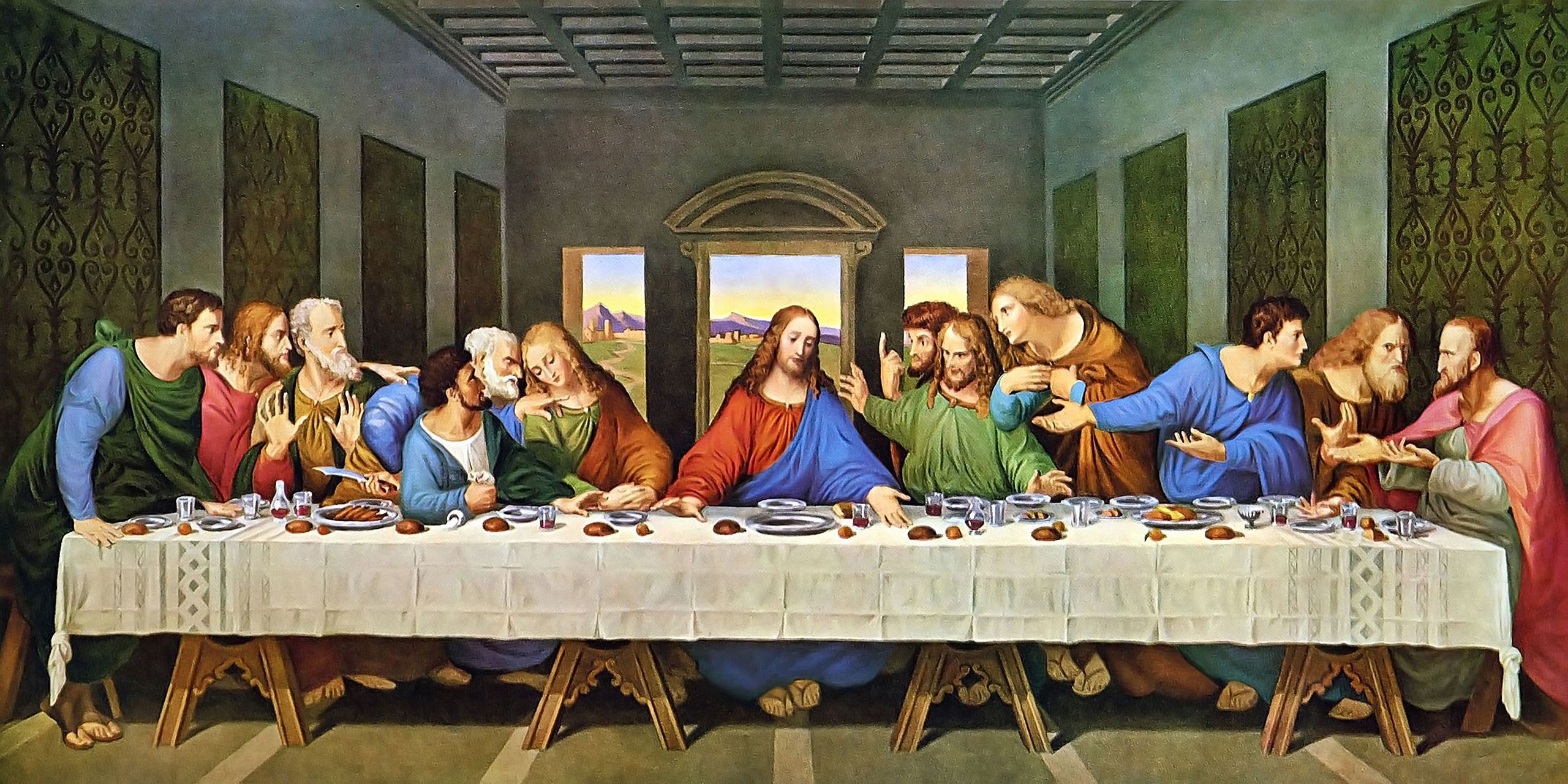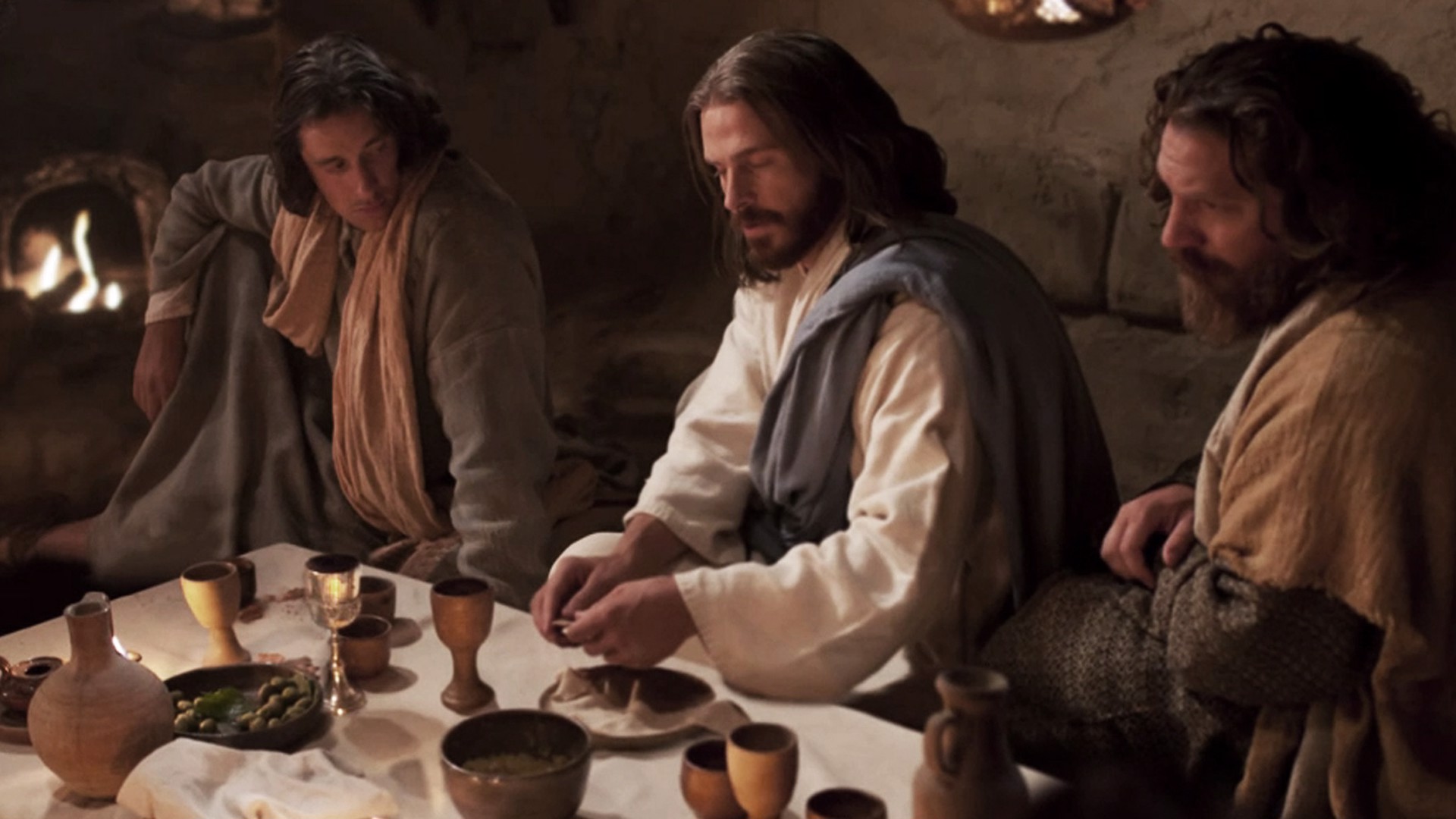The Last Supper – Leonardo da Vinci
The Last Supper is one of the most famous paintings in the world, created by the Italian artist Leonardo da Vinci in the late 15th century. The painting is a large fresco, measuring 460 cm × 880 cm, located in the dining hall of the Santa Maria delle Grazie monastery in Milan, Italy. It depicts the final meal that Jesus had with his apostles before his crucifixion, as described in the Christian Bible.
The Last Supper - one of Most Famous Works of Art in the world is not only a work of art, but it is also a significant cultural and religious symbol, representing the last moments of Jesus Christ before his betrayal and ultimate sacrifice. In this article, we will explore the fascinating history, significance, and meaning behind this masterpiece.
 |
| The Last Supper – Leonardo da Vinci |
History of The Last Supper
Leonardo da Vinci
was commissioned by the Duke of Milan, Ludovico Sforza, to paint The Last
Supper in the late 1490s. The painting was created on the wall of the
refectory, or dining hall, of the Santa Maria delle Grazie monastery in Milan.
Da Vinci used an experimental technique of painting on dry plaster, called
fresco, which resulted in the painting deteriorating quickly over time.
During the 16th and
17th centuries, the painting was restored several times, causing some damage to
the original work. In the 18th century, a doorway was added to the wall, which
cut off the feet of the apostles in the painting.
Significance of
The Last Supper is a
significant religious symbol for Christians, as it represents the final meal
that Jesus shared with his apostles before his betrayal and crucifixion. In the
painting, Jesus is shown announcing to his disciples that one of them will
betray him. The apostles are depicted in various states of shock, disbelief,
and sorrow, as they react to the news.
The painting is also
significant in terms of art history, as it is a prime example of Renaissance
art. Renaissance art was characterized by the use of perspective, realism, and
the use of light and shadow to create a sense of depth and space. Da Vinci's
use of perspective and attention to detail in The Last Supper helped to define
this style of art.
The Last Supper – Leonardo da Vinci
Meaning of
Arcording to Top10theworld.com 's infomation, The Last Supper is a
complex work of art with many hidden meanings and symbols. For example, the
painting is arranged in such a way that Jesus is at the center, surrounded by
his disciples. This arrangement is meant to represent the importance of Jesus
and his teachings in the Christian faith.
Another example of
hidden symbolism in the painting is the use of light and shadow. The light
shining on Jesus represents his divinity, while the shadowy areas represent the
human aspects of his nature.
The Last Supper is also full of symbolism related to the sacrament of Communion in the Christian faith. For example, the bread and wine on the table represent the body and blood of Jesus, which are consumed during Communion. The apostles' reactions to Jesus' announcement about his betrayal also represent the different ways in which people respond to the teachings of Jesus.
The Last Supper is
an extraordinary work of art that has captivated people for centuries. Its
historical significance, religious symbolism, and artistic merit make it one of
the most important paintings in the world. While the painting has suffered
damage over time, efforts are ongoing to preserve it for future generations to
appreciate and enjoy.



0 Comments